
In the high-octane world of network performance, squeezing every drop of speed from your 100GBASE-LR4 QSFP28 modules is the name of the game. In 2024, with data demands soaring and competition fiercer than ever, optimizing your network is crucial. But fear not, intrepid network engineers! This blog is your pit stop for the top tips to unleash the full potential of your 100GBASE-LR4 arsenal.
- Fibre Fitness First: It all starts with the foundation – your fibre cables. Inspect them regularly for dust, kinks, and damage. Remember, even a tiny scratch can become a major bottleneck. Consider using high-quality LC connectors and patch cords designed specifically for 100G applications.
- Temperature Tantrums: 100GBASE-LR4 modules don’t appreciate overheating. Ensure proper ventilation in your equipment racks and monitor module temperatures. Excessively warm modules can lead to signal degradation and premature failure.
- Power Play: Don’t skimp on power! Use clean, uninterrupted power supplies to avoid voltage fluctuations that can disrupt data transmission. Consider redundant power supplies for mission-critical applications.
- Cable Calibration: Think of your cables as high-tech highways. Proper calibration ensures optimal signal strength and minimizes errors. Consult your equipment vendor’s recommendations for calibration intervals and procedures.
- Diagnostic Diva: Embrace the power of diagnostics! Most 100GBASE-LR4 modules offer Digital Optical Monitoring (DOM) features. Use these tools to monitor vital parameters like optical power, temperature, and laser bias current. Early detection of potential issues can save you precious downtime.
- Firmware Finesse: Don’t be a firmware fossil! Regularly update your switch and module firmware to benefit from the latest performance enhancements and bug fixes. Check your vendor’s websites for firmware updates, and always test firmware upgrades in a non-critical environment before rolling them out to your entire network.
- Neighbourly Networking: Keep your network topology in mind. Avoid long cable runs and minimize the number of connections for each signal. The shorter and simpler your signal path, the better the performance.
- Traffic Taming: Analyse your network traffic patterns. If you’re consistently underutilizing your 100GBASE-LR4 links, consider aggregating lower-speed connections to optimize resource allocation. Conversely, if you’re constantly pushing the limits, it might be time to scale up your infrastructure.
- Partner Up: Don’t go it alone! Seek support from your network equipment vendors and service providers. They have the expertise and tools to help you diagnose and troubleshoot performance issues.
- Test, Tweak, Triumph: Performance optimisation is an ongoing process. Regularly test your network using industry-standard tools and benchmarks. Analyse the results, tweak your configuration based on your findings, and witness the glorious speed gains!
Deeper Dives into Key Tips:
- Temperature Tantrums: Don’t just monitor temperatures, understand them! Research the ideal operating range for your specific 100GBASE-LR4 modules and configure your equipment cooling systems accordingly. Consider using advanced cooling technologies like liquid cooling for high-density environments.
- Cable Calibration: Beyond basic calibration, explore advanced techniques like channel equalization. This can be particularly beneficial for long cable runs or when signal quality is marginal. Consult your vendor or a qualified network engineer for guidance on advanced calibration procedures.
- Firmware Finesse: When updating firmware, don’t just install the latest version blindly. Review the release notes and identify specific bug fixes or performance enhancements relevant to your network configuration. If possible, test firmware updates in a lab environment before deploying them to your live network.
- Traffic Taming: Implement sophisticated traffic shaping techniques to prioritize critical dataflows and prevent bottlenecks. Learn about technologies like Quality of Service (QoS) and Class of Service (CoS) to ensure smooth and efficient network operation.
- Partner Up: Don’t just seek support from your vendors, build a collaborative relationship with them. Participate in training programs, attend industry events, and leverage your vendor’s expertise to stay ahead of the curve in network optimization best practices.
Advanced Optimisation Strategies:
- Link Aggregation: For even higher bandwidth needs, consider link aggregation (also known as trunking). This combines multiple 100GBASE-LR4 connections into a single virtual link, effectively multiplying your available bandwidth. Carefully plan your link aggregation configuration to avoid introducing single points of failure.
- Network Visibility: Invest in advanced network monitoring and analytics tools. These tools provide real-time insights into your network traffic, performance metrics, and potential issues. Proactive monitoring allows you to identify and address performance bottlenecks before they impact your users.
- Automation is King: Embrace automation to streamline your network management tasks. Automate repetitive tasks like configuration changes, firmware updates, and performance monitoring to free up your time for more strategic initiatives.
- Security in Layers: Don’t rely solely on module-level security features. Implement a layered security approach that includes firewalls, intrusion detection systems, and data encryption to protect your network from evolving cyber threats.
- The Green Equation: Optimizing for performance doesn’t have to come at the expense of sustainability. Explore energy-saving features like low-power idle modes and dynamic power allocation to reduce your network’s energy consumption without sacrificing performance.
The Road Ahead:
- The Rise of 400G and Beyond: As 400GBASE and 800GBASE Ethernet technologies gain traction, consider future-proofing your network infrastructure. Invest in equipment and cabling that can support these higher speeds and stay informed about industry developments to avoid costly overhauls down the line.
- Software-Defined Networking (SDN) Revolution: Embrace the transformative power of SDN. SDN allows you to programmatically control and manage your network, enabling dynamic adjustments, efficient resource allocation, and rapid service deployment.
Technical Deep Dives:
- Wavelength Matters: While most 100GBASE-LR4 modules operate around 1310nm, some offer variations. Understand the pros and cons of different wavelengths based on your specific needs and network environment. For example, 1270nm might be preferred for shorter distances due to lower signal attenuation.
- Latency Lighters: Don’t just focus on raw bandwidth. Consider the latency introduced by your 100GBASE-LR4 modules and cabling. Choose options with low latency if real-time applications like financial trading or high-frequency data analysis are crucial.
- MTP Connectors: For high-density applications, explore the use of MTP connectors and breakout cables. These allow you to connect multiple 100GBASE-LR4 modules to a single switch port, maximizing space efficiency and minimizing cable clutter.
- Transceiver Compatibility: Not all 100GBASE-LR4 modules are created equal. Ensure compatibility with your specific network switches and avoid potential interoperability issues. Consult your vendor documentation or compatibility lists for reliable configurations.
- Fibre Patch Cord Choices: Beyond LC connectors, consider alternative options like OM3, OM4, and OM5 fibre patch cords. Each offers different bandwidth capabilities and attenuation characteristics, so choose based on your required transmission distance and future upgrade plans.
Emerging Technologies:
- Optical Amplifiers: Advances in high-gain erbium-doped fibre amplifiers (EDFAs) can significantly extend the transmission distance of 100GBASE-LR4 signals, potentially making them viable for even larger data centres and geographically dispersed networks. Additionally, next-generation Raman amplifiers promise even greater reach and lower power consumption.
- New Fibre Types: Single-mode fibres optimized for shorter wavelengths (such as 850nm) are being developed and could offer lower cost and lower power consumption options for data centre interconnect applications. However, compatibility with existing 1310nm-based equipment might need consideration.
- Wireless Backhaul: While not a direct replacement for fibre, high-bandwidth millimetre-wave (mmWave) wireless backhaul solutions could play a role in connecting remote towers or offloading peak traffic from congested wired connections. However, factors like weather dependence and limited scalability need to be considered.
Regulatory Landscape:
- Safety Certifications: Equipment using 100GBASE-LR4 modules typically needs to comply with laser safety regulations like IEC 60825-1. Understanding these regulations and ensuring proper labelling and safety measures are in place is crucial.
- Environmental Requirements: Increasingly stringent regulations on energy efficiency and sustainability are impacting network equipment. Look for 100GBASE-LR4 modules and switches compliant with standards like IEEE 802.3az Energy Efficient Ethernet (EEE) for lower power consumption.
- Data Privacy Regulations: Depending on your location and industry, data privacy regulations like GDPR or CCPA might impact the deployment and operation of your 100GBASE-LR4 network. Ensure you understand how these regulations apply to your data handling practices and implement appropriate security measures.
Sustainability Focus:
- Low-Power Modules: Choose 100GBASE-LR4 modules with features like dynamic power allocation or low-power idle modes to reduce energy consumption during periods of low traffic.
- Cooling Strategies: Implement efficient cooling solutions like liquid cooling for high-density environments to avoid overcooling and unnecessary energy expenditure.
- Green Data Centres: Consider participating in green data centre initiatives or pursuing certifications like LEED to ensure your infrastructure operates in an environmentally responsible manner.
Optimising your 100GBASE-LR4 QSFP28 performance is an ongoing journey, not a one-time fix. By implementing the tips and strategies outlined in this blog, you can unlock the full potential of your network infrastructure, ensure smooth data flow, and support your business growth in the face of ever-increasing demands. Remember, a well-tuned network is a powerful asset, propelling you towards the future of seamless connectivity and digital excellence.
FAQ's
Faster data transfer speeds, smoother network operation, reduced latency, increased reliability, and potentially lower energy consumption. Think of it as squeezing every ounce of juice out of your network!
They become best friends! Dust, kinks, and excessive heat can be party poopers, causing signal degradation and potential module failure. TLC with your cables and keep things cool.
Don't be a firmware fossil! Updates often unlock performance improvements and bug fixes. Treat your modules to a software spa day, but always test in a non-critical environment first.
Security is not optional! Look for modules with features like port security and encryption. Think of your network as a fortress, not a wide-open door.
Keep your eyes peeled for 400GBASE and 800GBASE ! These future stars are coming soon, so understanding their capabilities can help you plan ahead and avoid costly upgrades later.
Combine multiple connections into a single virtual link for mind-blowing bandwidth. Just remember, avoid single points of failure.
Embrace the robots! Automation is your ally for repetitive tasks like configuration changes and firmware updates. Free up your time for more strategic thinking.
Familiarize yourself with common problems like signal degradation, errors, and link failures. Learn diagnostic steps and helpful tools to get your network back on track.
Knowledge is power! Use industry benchmarks to measure your network's effectiveness. Track your progress and identify areas for improvement.


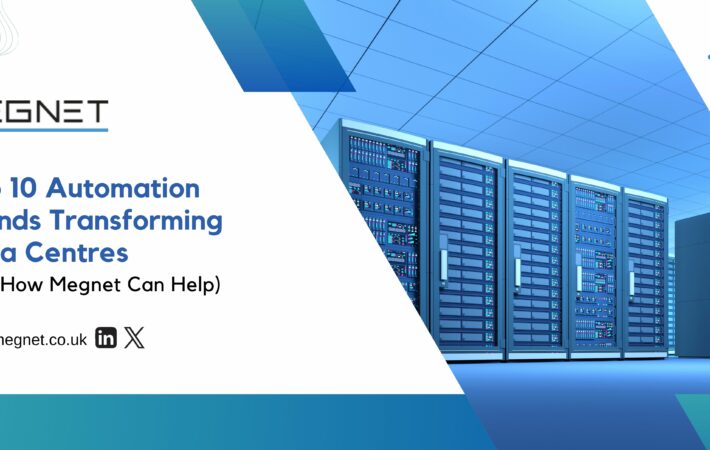
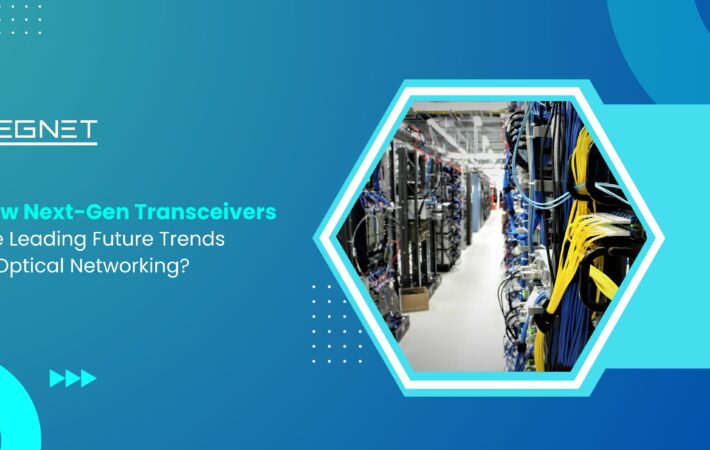
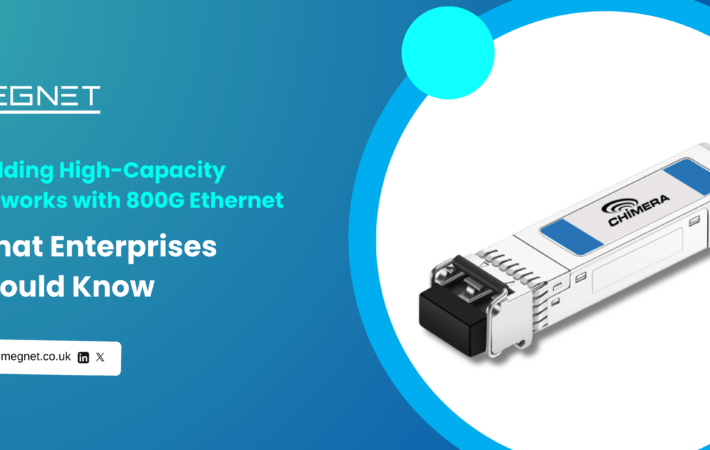
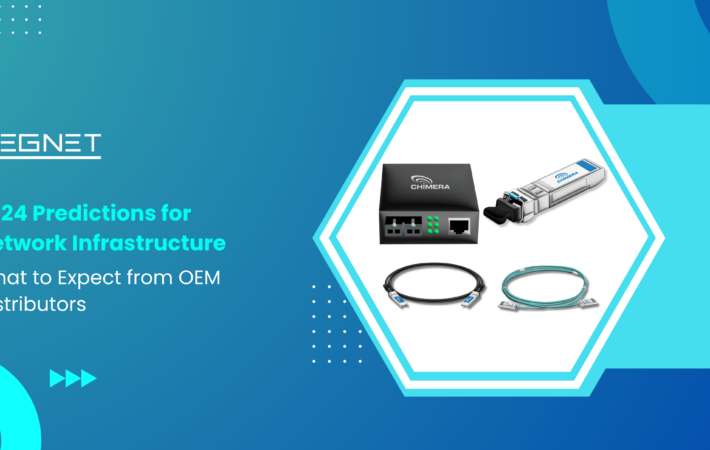
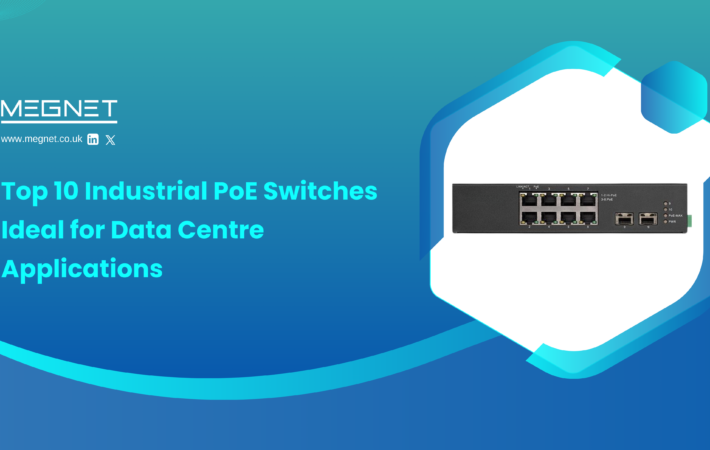


Leave a comment
Your email address will not be published. Required fields are marked *